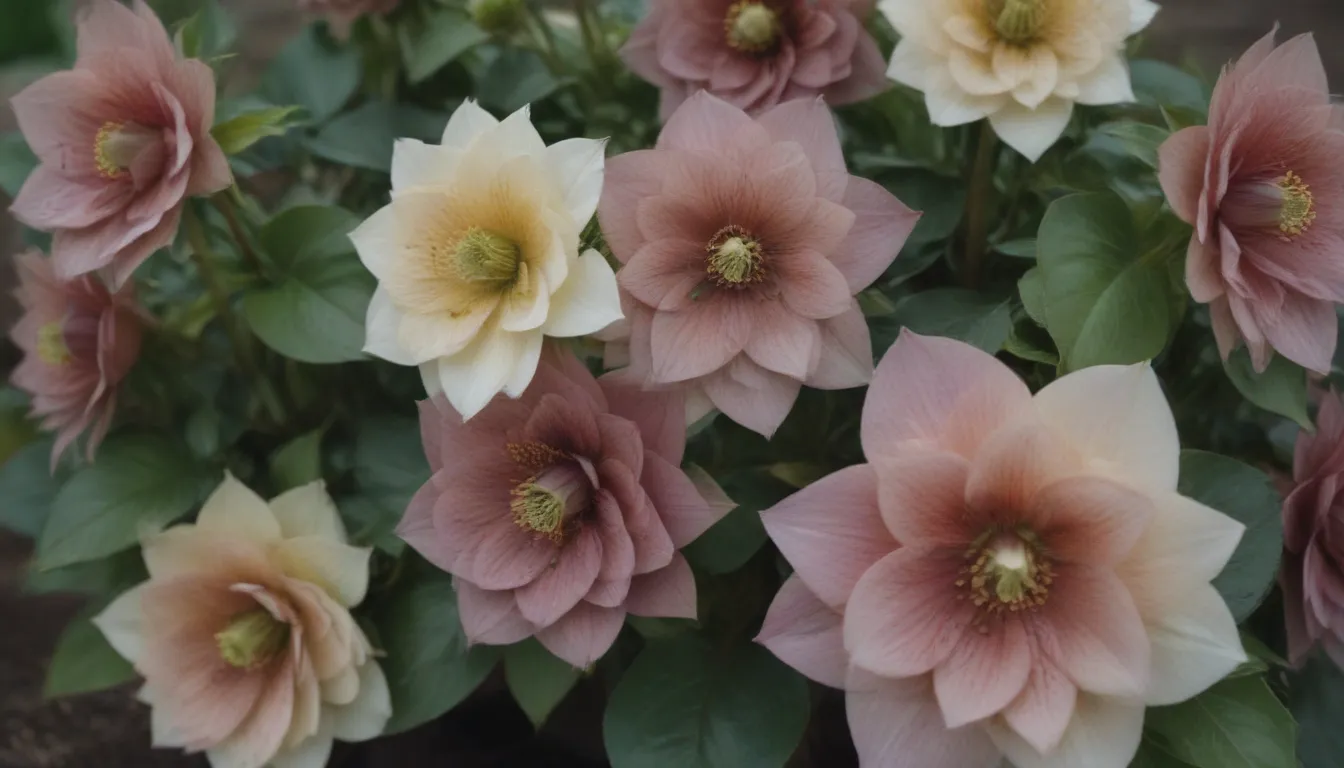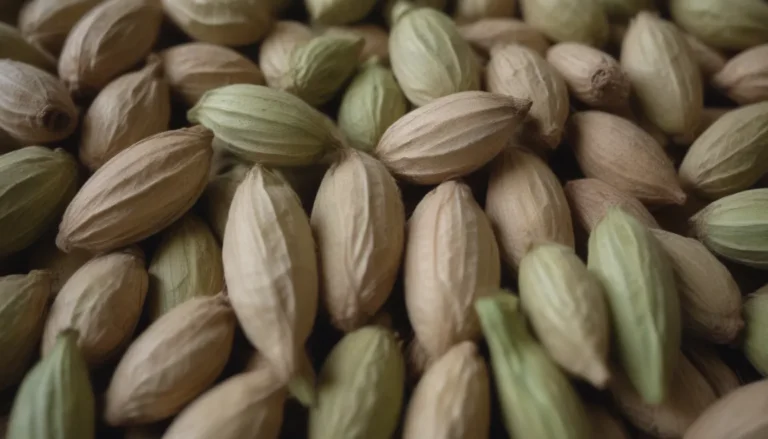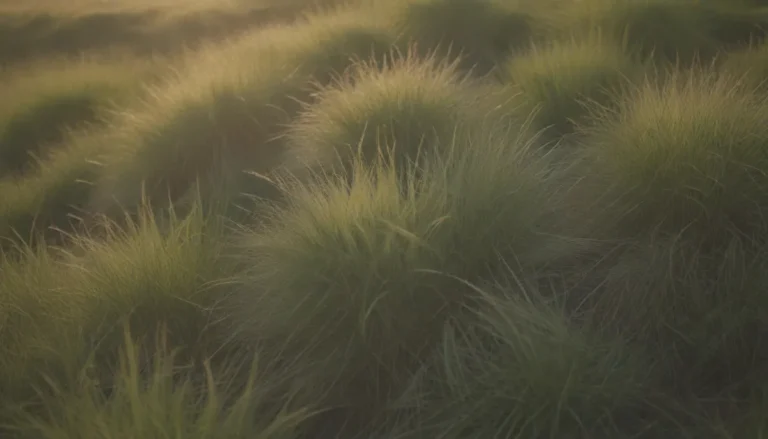How to Grow and Care for Hellebore: Tips for Successful Cultivation

Hellebores, also known as the Lenten rose or Christmas rose, are stunning perennial flowers that bring an early burst of color to the garden, even in the winter months. These beautiful plants belong to theHelleborusgenus of the Ranunculaceae family and are known for their rose-like blossoms and thick, evergreen foliage. In this article, we’ll explore everything you need to know to successfully grow and care for hellebores in your own garden.
Understanding Hellebore Care: A Comprehensive Guide
Hellebores are relatively low-maintenance plants that thrive in shady conditions, making them an excellent choice for areas where other plants struggle to grow. Here are some essential care tips to keep your hellebores healthy and beautiful:
Light
- Hellebores prefer partial to full shade during the summer months but require more sunlight in winter.
- Plant them underneath a deciduous tree where they are shaded in summer but exposed to full sun in the fall.
Soil
- Hellebores thrive in well-draining, rich soil with organic matter.
- If your soil is acidic, consider adding lime to create a more neutral or alkaline environment.
Water
- While hellebores enjoy some moisture, they should not sit in wet soil for extended periods as this can cause root rot.
- Once established, they can tolerate drier soil conditions.
Temperature and Humidity
- Hellebores are hardy plants that can thrive in USDA cold hardiness zones 3 to 9.
- Protect them from harsh winter winds in colder climates.
- Hellebores can tolerate a wide range of humidity levels.
Fertilizer
- Add organic-rich fertilizer like compost or well-decayed manure when planting.
- Apply a layer of fertilizer in spring and early fall, but additional fertilization is rarely needed if the soil is rich.
Types of Hellebore: Exploring Popular Varieties
Hellebores come in a variety of stunning colors and hybrids, making them a versatile choice for any garden setting. Here are some popular hellebore varieties to consider adding to your collection:
- ‘Anna’s Red’
- ‘Winter Jewels’
- ‘Amber Gem’
- ‘Phillip Ballard’
- ‘Citron’
- ‘Angel Glow’
- ‘Wester Flisk’
Pruning and Propagating Hellebores: A Step-by-Step Guide
Pruning and propagating hellebores are essential tasks to keep your plants thriving year after year. Here’s how you can effectively prune and propagate your hellebores:
Pruning
- The best time to prune hellebores is in late winter or early spring when new growth appears.
- Cut away tattered, old growth close to the base of the plant for optimal health.
Propagating
- Hellebores can be propagated by division in late winter before flowering.
- Divide the plant carefully, making sure each division has at least two buds for successful growth.
Growing Hellebore from Seeds: Tips for Success
Growing hellebores from seeds can be a rewarding experience, but it requires patience and attention to detail. Here are some tips for successfully growing hellebores from seeds:
- Start with fresh seeds for optimal viability.
- Plant fresh seeds in containers outdoors and keep the soil moist for germination.
- Stratify stored seeds before planting to encourage successful growth.
Overwintering and Common Pests: Ensuring Year-Round Health for Your Hellebores
Hellebores are winter-hardy plants that require minimal attention during the colder months. However, it’s essential to protect them from common pests like aphids and diseases like leaf spot and downy mildew. Here are some tips for overwintering and dealing with common pests and diseases:
- Protect hellebores from harsh winter conditions and ensure they bounce back in spring.
- Remove affected parts by pests, then treat with horticultural oil or pesticides.
- Use fungicides to treat fungal diseases like leaf spot and downy mildew.
Cultivating Beautiful Blooms: How to Get Hellebores to Bloom
Getting your hellebores to bloom requires the right care and attention to their growing conditions. Here are some tips for encouraging beautiful blooms from your hellebores:
- Plant them in the spring or fall for optimal growth.
- Avoid excessive nitrogen to prevent foliage growth at the expense of blooms.
- Choose species that bloom at different times to enjoy a longer blooming period.
Conclusion
In conclusion, hellebores are versatile and stunning plants that can bring beauty and color to your garden year-round. By following the care tips outlined in this article and paying attention to their specific needs, you can enjoy a thriving hellebore garden that will delight you for years to come. So go ahead, plant some hellebores in your garden and watch them flourish with the right care and attention!





